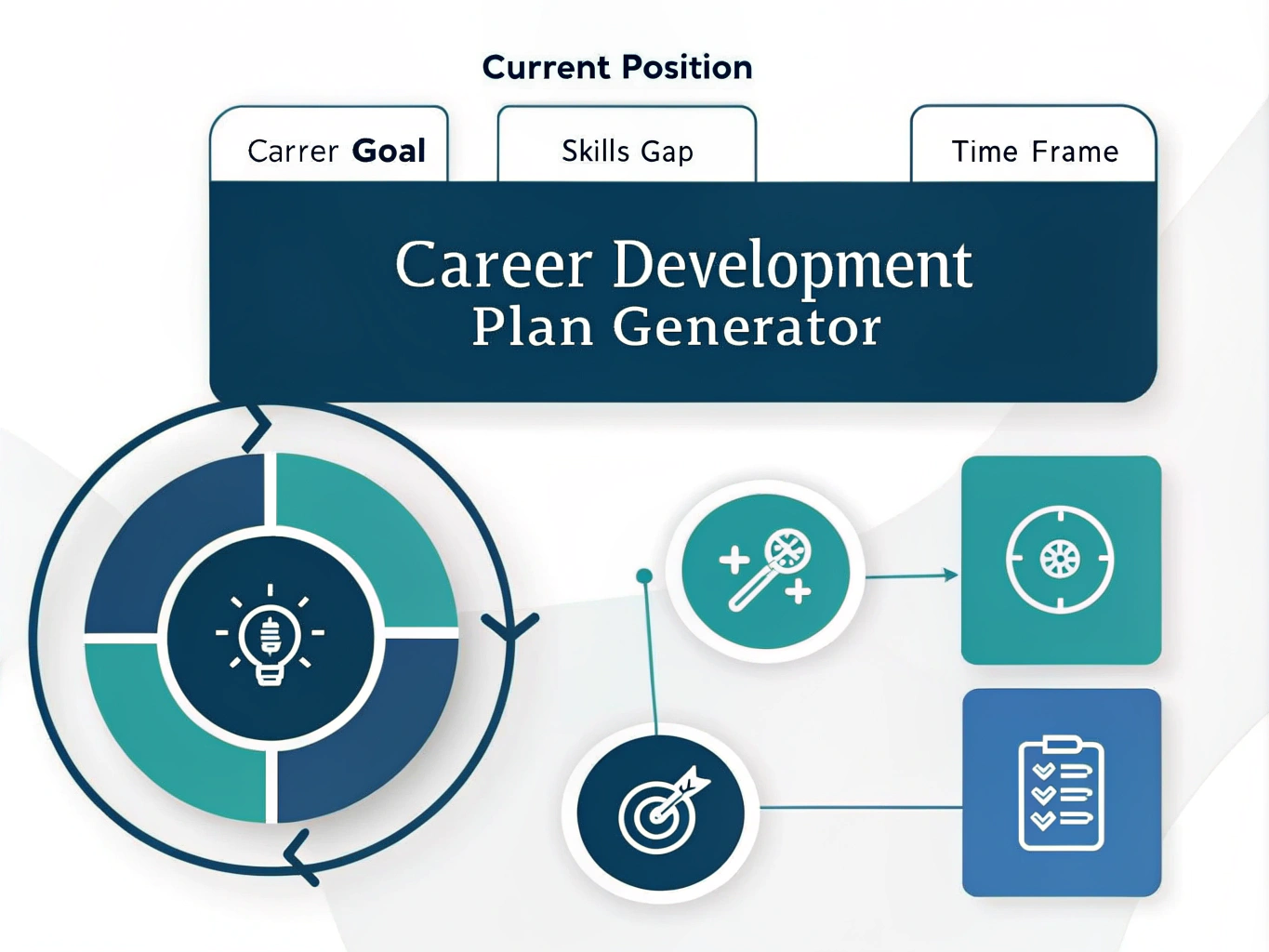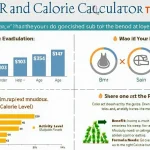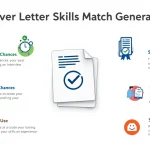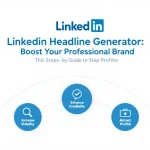Is this tool helpful?
How to Use the Career Development Plan Generator Effectively
This tool helps you create a personalized career development plan tailored to your goal of moving into people management roles. Follow these steps for best results:
-
Current Job Description:
Describe your current role with enough detail about your responsibilities, skills, and experiences. Examples to try:
- “Project Coordinator managing timelines, coordinating with vendors, and ensuring deliverables meet quality standards in a multinational firm.”
- “Data Analyst responsible for generating reports, collaborating with cross-functional teams, and automating data workflows using Python.”
-
Specific Career Goal:
Clearly state the management position or advancement you want to achieve. Examples include:
- “Advance to Operations Manager overseeing daily supply chain activities within 12 months.”
- “Become Customer Support Team Lead managing a team of 8 representatives within 9 months.”
-
Time Frame for Achieving Goals:
Set a realistic deadline to keep your objectives measurable and time-bound. Try inputs like:
- “9 months”
- “2 years”
-
Current Skills and Experiences (Optional):
List relevant skills or experiences that support your career goal. This helps tailor your plan precisely. Sample inputs:
- “Experienced in team scheduling, conflict resolution, strong interpersonal communication, and proficiency in CRM software.”
- “Background in financial reporting, leadership in small project teams, and skilled in stakeholder presentations.”
-
Generate Your Career Development Plan:
Click the submit button to receive a detailed, customized career plan outlining your next steps toward management roles.
-
Review and Utilize Your Plan:
Examine the tailored goals and skill-building strategies. Copy the generated plan for your records or to share with mentors and supervisors.
Introducing the Career Development Plan Generator
The Career Development Plan Generator is a practical tool designed to help professionals like you transition into people management roles by creating a clear, actionable development plan. This tool analyzes your current role description, career ambitions, and skills to produce a step-by-step guide focused on achieving your leadership goals within a set time frame.
Purpose and Key Benefits
- Provides a personalized roadmap based on your unique job role and career aspirations.
- Highlights skill gaps essential for moving into management positions.
- Suggests clear, actionable, and measurable goals aligned with your timeline.
- Offers targeted recommendations for improving skills and gaining experience.
- Supports efficient use of your time by integrating development goals into your schedule.
How the Tool Works
Using natural language processing, the tool reviews your job description, skills, and career goals, then generates a comprehensive career development plan with:
- Customized management goals specific to your target role.
- Identified skills to focus on for growth or acquisition.
- Suggested learning activities, such as training or mentorship.
- A timeline that fits your stated time frame for goal achievement.
Practical Applications of the Career Development Plan Generator
Use this tool to support your career growth and prepare for management roles in various professional contexts. Here are some common scenarios where it adds value:
1. Planning a Career Transition
Example: Alex is a marketing analyst eager to become a marketing manager within the next year. The tool generates goals such as:
- Complete a leadership workshop within 6 months.
- Lead monthly team presentations to improve communication skills.
- Take on project coordination duties to gain management experience.
2. Identifying and Closing Skill Gaps
Example: Priya, a product designer aiming to lead a design team, discovers through the tool that she needs stronger conflict resolution and team motivation skills. The plan recommends:
- Attend a conflict resolution seminar.
- Practice feedback techniques during team meetings.
3. Balancing Technical Expertise with Management Skills
Example: Marcus, a software engineer, worries about losing his technical edge after promotion. The tool advises:
- Allocate regular time weekly to attend technical webinars.
- Shadow senior managers to learn leadership practices.
4. Preparing for Internal Promotions
Example: Leah anticipates a team lead role opening in three months. The tool helps her create a focused plan involving:
- Shadowing the current team lead to understand team management.
- Taking on smaller leadership tasks to demonstrate capacity.
- Completing internal leadership training before the role begins.
5. Long-term Leadership Development
Example: Omar aims to become a department manager in five years. His plan follows a phased approach:
- Years 1-2: Build team coordination skills through project management roles.
- Years 3-4: Lead cross-functional initiatives enhancing strategic planning skills.
- Year 5: Pursue formal management certification and widen stakeholder engagement.
Conclusion
The Career Development Plan Generator gives you a clear, structured pathway to people management by considering your current roles, ambitions, and skills. Use it to identify what skills to develop, set realistic timelines, and stay on track toward your leadership goals. This targeted planning tool empowers you to take control of your career advancement and transition smoothly into management roles.
Important Disclaimer
The calculations, results, and content provided by our tools are not guaranteed to be accurate, complete, or reliable. Users are responsible for verifying and interpreting the results. Our content and tools may contain errors, biases, or inconsistencies. Do not enter personal data, sensitive information, or personally identifiable information in our web forms or tools. Such data entry violates our terms of service and may result in unauthorized disclosure to third parties. We reserve the right to save inputs and outputs from our tools for the purposes of error debugging, bias identification, and performance improvement. External companies providing AI models used in our tools may also save and process data in accordance with their own policies. By using our tools, you consent to this data collection and processing. We reserve the right to limit the usage of our tools based on current usability factors.







